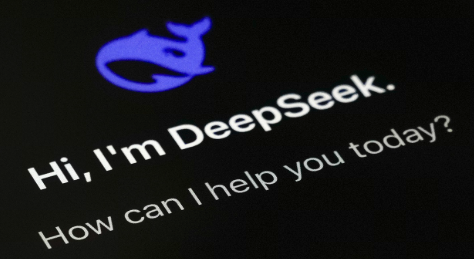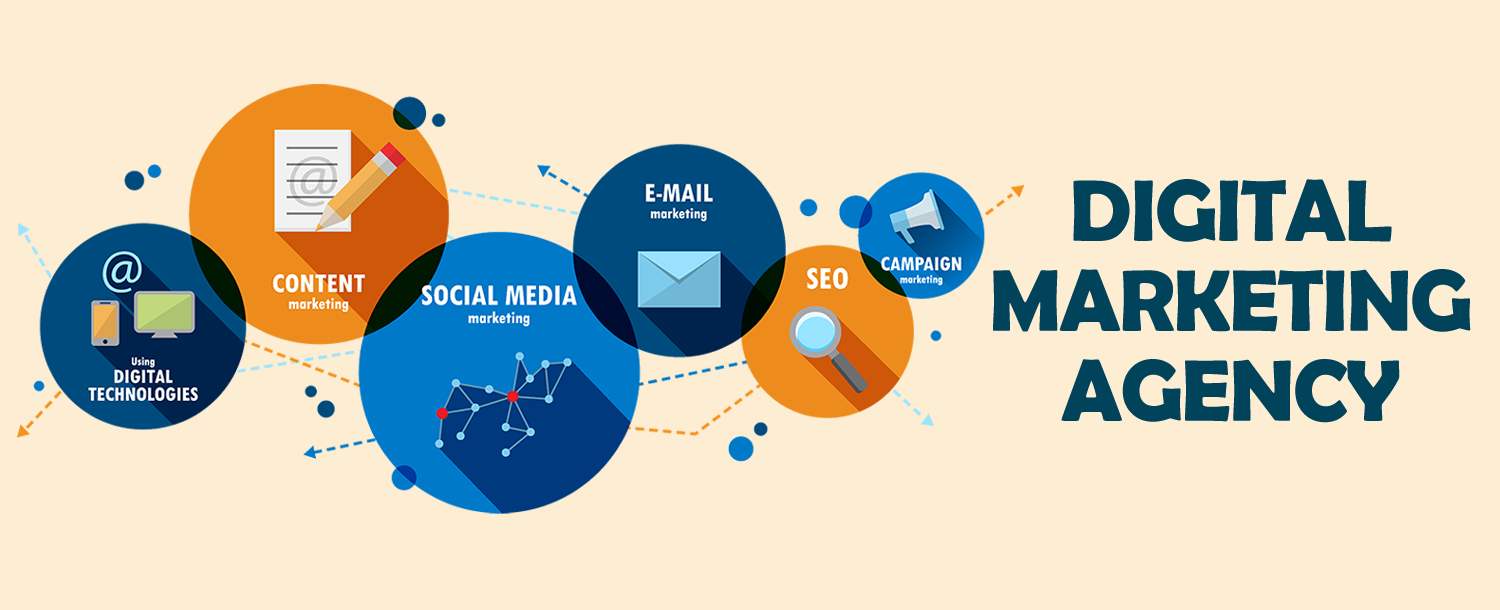
Here’s what to consider before you dive into digital therapy—beyond just the signup button.
The Online Therapy Boom: Why It’s More Than a Trend
In the last five years, the demand for online therapy platforms has skyrocketed—fueled by increased awareness of mental health and a global shift toward remote services.
📈 Online Therapy Market Growth (2020–2025)
| Year | Global Market Value ($B) |
|---|---|
| 2020 | 4.2 |
| 2021 | 6.8 |
| 2022 | 9.4 |
| 2023 | 14.7 |
| 2024 | 20.3 |
| 2025 (est.) | 25.1 |
Online therapy sites are no longer niche—they’re the new normal.
Therapist or Tech? Understanding What You’re Paying For
Not all online therapy services involve a licensed therapist. Some rely heavily on AI tools, self-guided modules, or peer support. Others connect you directly with licensed professionals via video, phone, or text.
| Platform Type | Main Features |
|---|---|
| Live Therapy | Licensed therapist sessions (video/chat) |
| AI-Powered Apps | Chatbots, mood trackers, CBT journaling tools |
| Self-Guided Programs | Exercises, education, meditation modules |
| Hybrid Models | Human support + digital tools |
Before choosing a platform, decide whether you want a human connection, self-led growth, or a blend of both.
Credentials Matter: Who’s Actually Helping You?
One of the biggest risks with online therapy platforms is assuming all therapists are licensed and vetted. But therapist qualifications vary widely by state, platform, and provider.
✅ Look for:
- Licensed professionals (LPC, LCSW, LMFT, PsyD, etc.)
- Clear bios and treatment specialties
- Transparent pricing and cancellation policies
- HIPAA compliance and data protection
When in doubt, ask: Who’s on the other side of the screen?
Access vs. Connection: Will You Actually Feel Understood?
While online therapy sites offer convenience, they don’t always guarantee compatibility. If you’re part of a marginalized group, finding a culturally competent therapist may be just as important as getting quick access.
| Demographic | Platforms with Specialized Support |
|---|---|
| BIPOC communities | Ayana, Therapy for Black Girls |
| LGBTQ+ individuals | Pride Counseling, MyWellbeing |
| Teens & young adults | TeenCounseling, Daybreak |
| Veterans & first responders | Headstrong, Give An Hour |
For many, being understood is non-negotiable—and platform choice matters.
AI Can Help—But It Can’t Replace a Human
Some platforms rely heavily on AI chatbots for mood tracking, CBT prompts, or emergency support. These tools are convenient—but they’re not therapists.
| Support Type | Avg. Satisfaction Score (1–10) |
|---|---|
| Human Therapists | 8.7 |
| AI Chatbots Only | 6.2 |
| Hybrid Experience | 8.0 |
AI may work well for daily self-check-ins, but complex issues like trauma, relationships, or grief usually need a human touch.
Red Flags: What to Watch Out For
As online therapy grows, so does the risk of questionable practices. Be cautious of:
- Hidden fees or auto-renewing subscriptions
- Vague therapist credentials
- Limited therapist availability after matching
- Non-HIPAA-compliant communication tools
- No crisis support resources listed
When your mental health is on the line, transparency is essential.
The Price of Wellness: What Will It Cost?
Online therapy can be more affordable than in-person sessions—but prices vary dramatically.
| Platform | Average Weekly Cost |
|---|---|
| BetterHelp | $65–$90 |
| Talkspace | $70–$120 |
| Cerebral | $85–$100 (includes meds) |
| TeenCounseling | $60–$80 |
Some platforms accept insurance; others offer sliding-scale fees. Make sure the pricing works for your lifestyle—not just your immediate crisis.
Final Thought: Choose Intentionally, Not Impulsively
The best online therapy site is the one that fits your needs—not just the one with the most ads or influencers. Whether you’re managing anxiety, seeking relationship help, or just want someone to talk to, you deserve support that feels personal and safe.









